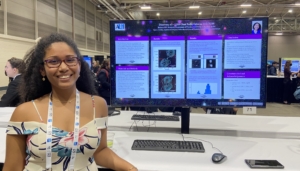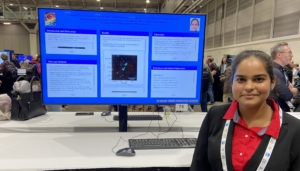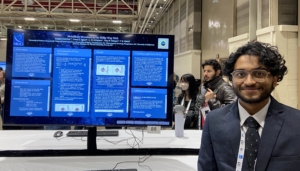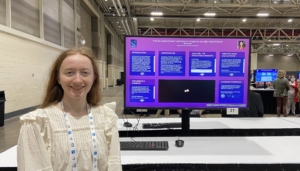University of the West Indies student Brianna Sampson finds than more than a thousand Giant Radio Galaxies could be hidden in the data of a radio sky survey.
Select :
2i/BorisovAAS241AAS242AAS243almaantaresArchivesastrophotographersAstropixatmosphereblack holeblack holesbrown dwarfCASAcometConnectcosmologydata sciencedeuterium flashdiskDr Suessevent horizon telescopeexoplanetsexplorerfast blue optical transientsfireworksgalaxiesgalaxygalaxy ecosystemsgamma ray burstgreen bankgreenbank telescopeHubble ConstantImageinterstellar cometmagneticMajor InitiativesmeerKATneutron starngvlaNINEODIpoemProtoplanetaryprotoplanetary diskpulsarsradio astronomysagittarius A*satellitesspecial-featuresSt. Croixstarstar birthstar clusterstyle-pagesupernovasupernovaetelescopetransientsVideoVLAVLA Learn Morevla visit pageVLBA


Here There Be DRAGNs
University of the West Indies student Kavita Gosine Bissessar hunts for asymmetrical DRAGNs in the VLA Sky Survey.

Astronomy is Metal
University of Arizona student Swapnaneel Dey looks at the metallicity of interstellar clouds in our galaxy.

Two For One
When a distant quasar was found to have two sources, University of Washington student Anaïs Martin wanted to find out why.





